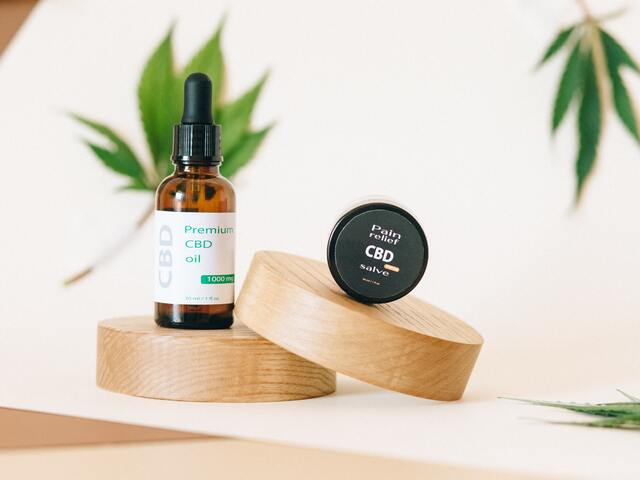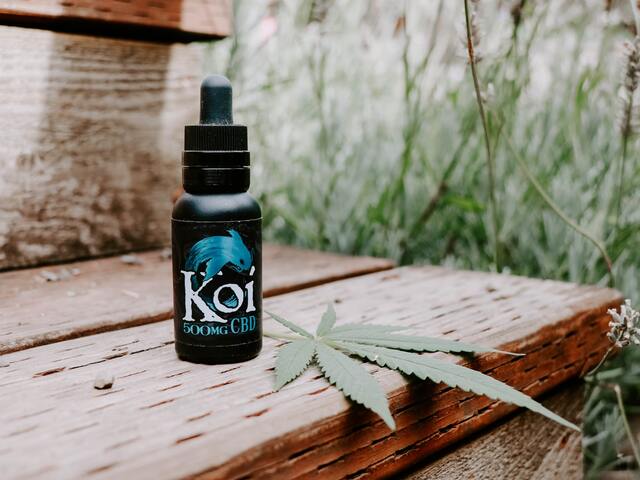
In recent years, CBD has emerged as a popular wellness trend, but for many, it remains shrouded in mystery. If you’ve been curious about what CBD is and how it might benefit you, you’re in the right place. This guide will cover the basics of cannabidiol (CBD), its potential benefits, and how it differs from its more infamous counterpart, THC. If you want to find great tips and information about CBD, visit this page to learn more.
What is CBD?
Cannabidiol, or CBD, is a natural compound found in the hemp plant. Unlike its more famous relative, tetrahydrocannabinol (THC), CBD is non-psychoactive, meaning it doesn’t produce the “high” commonly associated with hemp. Instead, CBD is often used for its potential therapeutic properties, which have garnered significant interest in both the wellness and medical communities.
How Does CBD Work?
To understand how CBD works, it’s essential to know a bit about the endocannabinoid system (ECS), a complex network of receptors and neurotransmitters found throughout the body. The ECS plays a crucial role in maintaining homeostasis—keeping the body’s internal environment balanced.
CBD interacts with the ECS, but it doesn’t bind directly to the cannabinoid receptors (CB1 and CB2) like THC does. Instead, CBD influences the ECS by modulating the activity of these receptors and by affecting the levels of endocannabinoids—the naturally occurring compounds in the body that bind to cannabinoid receptors.
Potential Benefits of CBD
The research into CBD’s benefits is still in its early stages, but preliminary studies and anecdotal evidence suggest that it may offer several potential benefits:
- Pain Relief: Many people use CBD to manage pain. Some studies suggest that CBD might interact with neurotransmitters and reduce inflammation, which could help alleviate pain. It’s often used by those with chronic pain conditions like arthritis or back pain.
- Anxiety and Depression: CBD has been studied for its potential to reduce symptoms of anxiety and depression. Research indicates that CBD might affect serotonin levels in the brain, which could contribute to its mood-stabilizing effects.
- Sleep Disorders: If you struggle with sleep issues, CBD might be worth considering. Some studies suggest that CBD can help improve sleep quality by addressing factors such as anxiety and pain that might interfere with rest.
- Skin Health: CBD’s anti-inflammatory properties have led to its use in skincare products. It might help with conditions like acne and eczema by reducing inflammation and regulating oil production.
- Neuroprotective Properties: There’s emerging research suggesting that CBD might have neuroprotective properties, potentially benefiting those with neurodegenerative conditions such as Alzheimer’s disease.

How to Use CBD
CBD is available in various forms, each with its own method of consumption and potential benefits:
- Oils and Tinctures: These are liquid extracts that can be taken sublingually (under the tongue) for fast absorption. They allow for precise dosing and are a popular choice for those new to CBD.
- Capsules and Edibles: These offer a convenient and discreet way to consume CBD. They come in various forms, including gummies, and are ideal for those who prefer a pre-measured dose.
- Topicals: CBD-infused creams, balms, and lotions are applied directly to the skin. They’re often used for localized relief, such as sore muscles or joint pain.
- Vapes: Vaporized CBD is absorbed quickly into the bloodstream, providing rapid effects. However, the long-term health impacts of vaping are still a subject of ongoing research.
- Patches: CBD patches are worn on the skin and release CBD gradually over time. They offer a steady dose of CBD and can be a good option for those who prefer a longer-lasting effect.
Choosing the Right CBD Product
When selecting a CBD product, it’s essential to consider factors such as dosage, concentration, and purity. Here are some tips for choosing a high-quality CBD product:
- Check for Third-Party Testing: Reputable CBD products should be tested by independent laboratories. Look for Certificates of Analysis (COAs) that confirm the product’s potency and purity.
- Understand the Types of CBD: There are three main types of CBD products—full-spectrum, broad-spectrum, and isolate. Full-spectrum products contain a range of cannabinoids, including trace amounts of THC, while broad-spectrum products contain multiple cannabinoids but no THC. CBD isolate contains pure CBD with no other cannabinoids.
- Start with a Low Dose: If you’re new to CBD, it’s advisable to start with a low dose and gradually increase it until you find the amount that works best for you. This approach helps minimize potential side effects and allows you to gauge how CBD affects you.
- Consult with a Healthcare Professional: If you have any underlying health conditions or are taking other medications, it’s a good idea to consult with a healthcare provider before starting CBD.
Legal Status and Safety
CBD derived from hemp (with less than 0.3% THC) is legal in many parts of the world, including the United States, thanks to the 2018 Farm Bill. However, regulations can vary, so it’s important to be aware of local laws regarding CBD use.
In terms of safety, CBD is generally well-tolerated, but it can cause side effects in some individuals. Common side effects include fatigue, changes in appetite, and diarrhea. As with any supplement, it’s important to monitor how your body responds and make adjustments as needed.
Conclusion
CBD is a versatile compound with a range of potential benefits, from pain relief to improved sleep. While research is still ongoing, many people find CBD to be a helpful addition to their wellness routine. By understanding how CBD works and exploring different products, you can make an informed decision about whether it might be right for you.
Whether you’re considering CBD for specific health concerns or as a general wellness supplement, this beginner’s guide should give you a solid foundation to start your journey.
